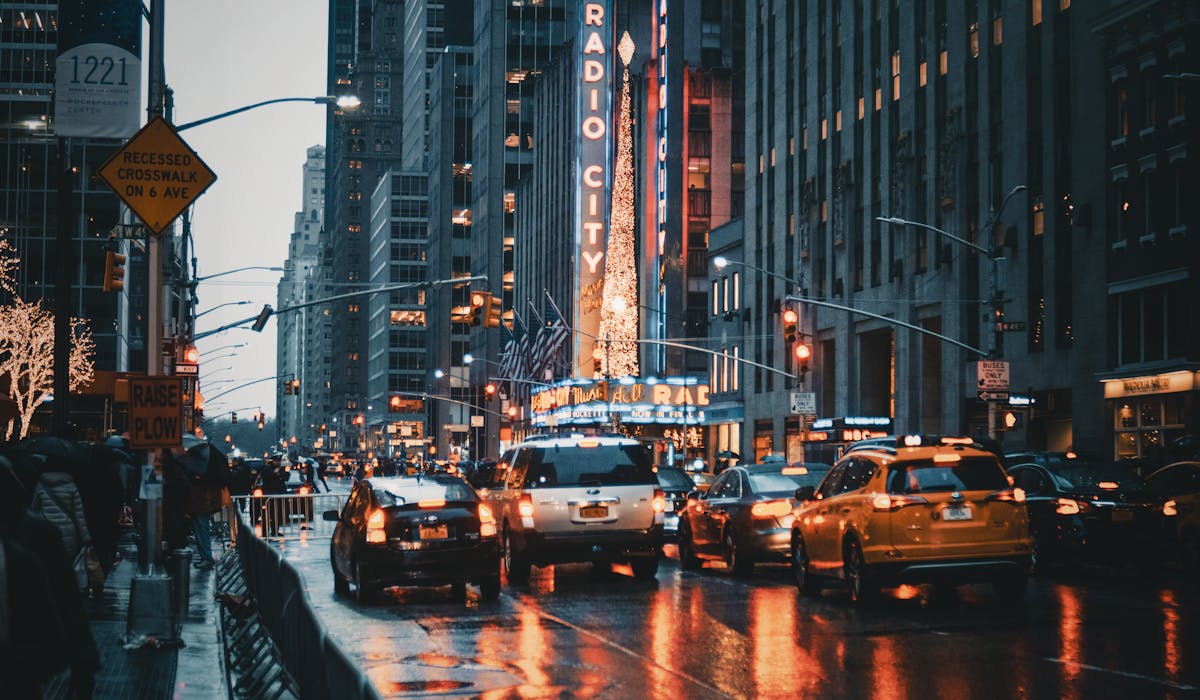The Main Principles Of Framing Streets
The Main Principles Of Framing Streets
Blog Article
Facts About Framing Streets Revealed
Table of ContentsNot known Details About Framing Streets How Framing Streets can Save You Time, Stress, and Money.Some Of Framing StreetsThe 7-Second Trick For Framing StreetsGet This Report on Framing StreetsFraming Streets Things To Know Before You Get This
, normally with the aim of recording images at a definitive or emotional moment by careful framework and timing. https://worldcosplay.net/member/1702028.
Framing Streets Fundamentals Explained
Susan Sontag, 1977 Road photography can concentrate on people and their habits in public. In this respect, the street digital photographer resembles social documentary professional photographers or photojournalists that likewise function in public locations, but with the goal of capturing newsworthy events. Any of these photographers' images may record individuals and building noticeable within or from public areas, which frequently involves browsing ethical concerns and laws of personal privacy, safety and security, and residential or commercial property.
Representations of daily public life develop a category in practically every duration of globe art, starting in the pre-historic, Sumerian, Egyptian and early Buddhist art durations. Art dealing with the life of the road, whether within sights of cityscapes, or as the leading theme, shows up in the West in the canon of the North Renaissance, Baroque, Rococo, of Romanticism, Realism, Impressionism and Post-Impressionism.
Framing Streets for Dummies
Louis Daguerre: "Blvd du Temple" (1838 or 1839) In 1838 or 1839 the initial photo of numbers in the road was videotaped by Louis-Jacques-Mand Daguerre in among a set of daguerreotype views drawn from his studio window of the Boulevard du Temple in Paris. The second, made at the elevation of the day, reveals an unpopulated stretch of street, while the other was taken at concerning 8:00 am, and as Beaumont Newhall records, "The Boulevard, so constantly full of a moving bunch of pedestrians and carriages was perfectly solitary, other than a person who was having his boots combed.
, who was influenced to undertake a comparable documentation of New York City. As the city created, Atget aided to advertise Parisian streets as a worthwhile topic for photography.

An Unbiased View of Framing Streets
In between 1946 and 1957 Le Groupe des XV each year displayed job of this kind. Andre Kertesz. Circus, Budapest, 19 May 1920 Road digital photography created the significant web content of 2 exhibitions at the Gallery of Modern Art (Mo, MA) in New york city curated by Edward Steichen, Five French Professional Photographers: Brassai; Cartier-Bresson, Doisneau, Ronis, Izis in 1951 to 1952, and Post-war European Photography in 1953, which exported the concept of road digital photography internationally.

Some Ideas on Framing Streets You Need To Know
The recording equipment was 'a concealed electronic camera', a 35 mm Contax hidden beneath his layer, that was 'strapped to the chest and attached to a long wire strung down the best sleeve'. However, his work had little modern effect as because of Evans' level of sensitivities about the originality of his project and the privacy of his subjects, it was not released up until 1966, in the publication Lots of Are Called, with an introduction composed by James Agee in 1940.
Helen Levitt, then a teacher of kids, related to Evans in 193839. She documented the temporal chalk drawings - Street photography that were part of youngsters's road society in New York at the time, along with the children who made them. In July 1939, Mo, MA's new photography section consisted of Levitt's work in its inaugural exhibitRobert Frank's 1958 publication,, was considerable; raw and usually indistinct, Frank's photos questioned traditional digital article source photography of the moment, "tested all the formal regulations put down by Henri Cartier-Bresson and Walker Evans" and "flew in the face of the wholesome pictorialism and genuine photojournalism of American magazines like LIFE and Time".
Report this page